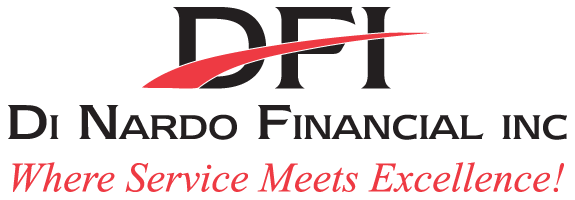Refinancing
 There are many reasons why you might want to refinance, or increase your existing mortgage. Maybe to consolidate non-mortgage debt, to finance improvements to your home, or to combine existing mortgages. There are many factors to consider when refinancing your mortgage.
There are many reasons why you might want to refinance, or increase your existing mortgage. Maybe to consolidate non-mortgage debt, to finance improvements to your home, or to combine existing mortgages. There are many factors to consider when refinancing your mortgage.
Here's What You Need To Know:
- Consolidate other debt
Most unsecured debt is priced by your bank at a higher rate than your mortgage in order to compensate them for the higher risk of loss if you default. For many people it only makes sense to use available home equity to pay out this debt as it typically reduces interest costs. If the total of the existing mortgage and the debt to be refinanced is less than 80% of the value of your home, and if you qualify in terms of income and credit standing, you should typically be able to refinance your first mortgage. - Renovations and home improvements
If you want to spend a significant amount of money on improving your home, you may be able to take out a lot more equity than you realize! We can advise you through this process. All three insurers – CMHC, Genworth and Canada Guaranty, will insure new mortgages which are “topped up” for this purpose, when the total of your current mortgage and the new funds exceeds 80% of the current home value. Not all improvements are eligible. For example, pools and spas are typical “over-improvements” which may not qualify for a high-ratio equity take-out. Of course, if the total requirement is less than 80% of your home’s current value, you should have little trouble getting the “top up” you need – regardless of the degree of luxury you plan to add. - Combining existing mortgages
Where the combined mortgages result in one “high-ratio” mortgage: if neither (or none) of the mortgages you’re combining was ever insured, but combining them results in a high-ratio situation, you’ll be required to pay an insurance premium. You need to look closely at the total savings the combination will give you, in order to determine whether this is financially all worth the while.
Where the combine mortgages result in a new “conventional” mortgage: high ratio insurance is not required. As long as you qualify with your income and credit standing, the team at Di Nardo Financial Inc. will help you achieve this quickly and conveniently.
In both cases there is one critical consideration which causes the failure of many such refinances: the new mortgage often requires a reduced cash flow needed to service the now consolidated debt. Many who go through this process not only absorb the cash flow savings into an improved lifestyle, they either re-incur debt that they paid out, or incur debt for which they now qualify or both. It is important to approach such a consolidation/ re-combination of obligations with the clear and focused goal of applying all savings toward paying for the mortgage. Otherwise, the new mortgage could be a burden, rather than a solution.









